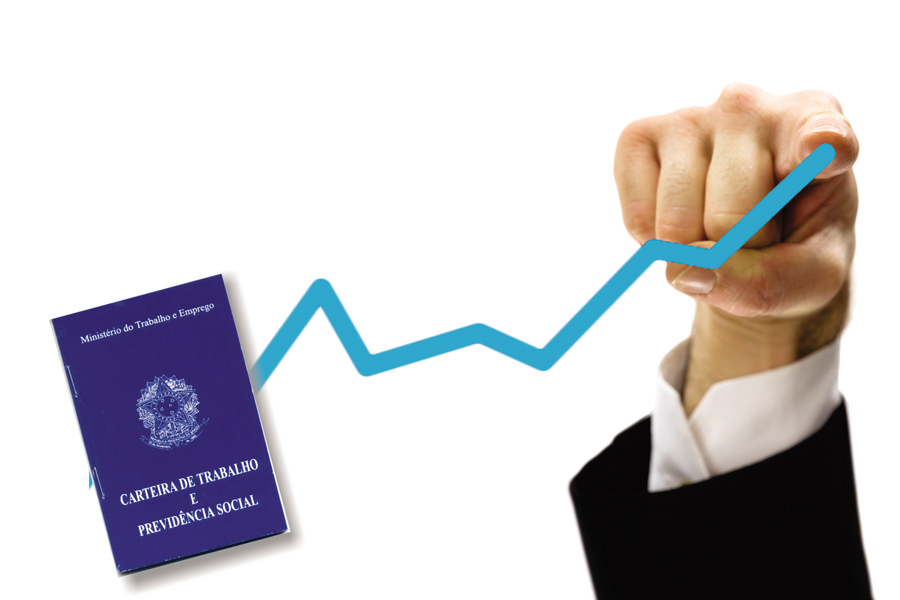States would be compensated, according to plan; measure would be in place by December
06/07/2022
/i.s3.glbimg.com/v1/AUTH_37554604729d4b2f9f3eb9ad8a691345/internal_photos/bs/2022/y/p/WSBswHRxGb21oo5sezQw/07pol-100-combusti-a9-img01.jpg)
Jair Bolsonaro — Foto: Antonio Molina/Fotoarena/Agência O Globo
In another effort to try and lower inflation and reduce fuel prices — less than four months before the election — President Jair Bolsonaro proposed Monday to reimburse states if governors agree to reduce to zero sales tax ICMS on diesel and LPG (cooking gas).
In addition, the federal government has committed itself to cut to zero social taxes PIS and Cofins and the federal tax Cide levied on gasoline and ethanol. The package is a compensation for Congress to pass the bill that curbs state taxes on fuel, energy and telecommunications to 17%.
The tax breaks and compensation will be proposed through a constitutional amendment proposal (PEC) to be issued by the federal government, with defined financial and time limits. According to sources within the economic team, the total cost will be around R$40 billion.
Of this total, R$25 billion — concerning the transfer to state governments for the loss of revenue from the ICMS tax on diesel oil and cooking gas — will be kept outside the spending cap. The remainder – around R$15 billion – derive from the total exemption of PIS/Cofins and Cide on gasoline and ethanol. Those federal taxes have already been reduced to zero, previously, for diesel and LPG.
As for the duration of the measure, the PEC will say that the measures will be in force between July 1st and December 31st, 2022. Nevertheless, the government is confident that the increased revenues from oil royalties and dividends from Petrobras will contain impacts on the primary result. Economy Minister Paulo Guedes said the effort will be “fiscally responsible.”
“It is an extraordinary transfer of funds. It has a defined time, until December 31, and a defined value, it will be clear that this is fiscally responsible,” he pondered. Mr. Guedes also explained that there are extraordinary revenues not yet released in the budget, and that this transfer to the entities will be limited to these revenues. “In the same way that there must be a spending cap, there must be a tax cap,” he said.
Mr. Guedes called for a joint effort on behalf of a reduction in fuel prices that protects the population. “If the economy became strong again and tax collection is increasing, we are behaving in a way to transfer this to the population. Everyone has to collaborate. States and municipalities are all in the black, a situation they have never been in before,” he said. “We are renewing our commitment to protect the population with the cooperation of federal entities, Senate and Chamber.”
The announcement of the package was made by the president in the presence of government ministers and the speaker of the Chamber of Deputies, Arthur Lira (Progressive Party, PP, of Alagoas), and Senate President Rodrigo Pacheco (Social Democratic Party, PSD, of Minas Gerais), who also endorsed the measure.
In practice, the package is a way for the Executive branch to pressure governors to accept an agreement on the issue. This is because allies of the president have shown concern about high inflation, which tends to impact the approval of the president during the election campaign.
With this proposal, President Bolsonaro admitted expecting an “agreement” in the Senate for the approval of the so-called complementary bill (PLP) 18/21, already passed by the Chamber of Deputies and making its way in the Senate, which establishes a cap for the collection of ICMS for items considered essential, such as fuel, electricity, telecommunications and public transport.
“The government has decided to move forward with the reduction of the tax burden for Brazilians — on diesel and cooking gas, if the governors understand that it is possible to reduce ICMS to zero, we will reimburse them for what they fail to collect. As for gasoline and ethanol, the federal government is willing to reduce PIS/Cofins and Cide to zero,” Mr. Bolsonaro said.
Mr. Lira also admitted that the negotiation is primarily aimed at solving the problem of inflation, which worries Mr. Bolsonaro’s allies. “We are concerned about reducing the impacts of inflation, the crisis caused by pandemic and war. The Chamber is sensitive to the government’s effort,” said Mr. Lira before sending a message to senators. “We hope that the Senate has sensibility in the approval of PLP 18 [which limits ICMS to 17%]. After that, we will deal with the PEC on the reimbursement of the states,” he said.
The Senate president said he expects a consensual solution and through dialogue to reduce the ICMS on fuels, but reiterated the existence of the states’ concerns and did not talk about a date to vote on the bill that imposes a 17% ceiling on gasoline and diesel oil, among other items.
According to him, the government’s initiative highlights the concern of the branches of government with the prices of fuel and food. “It is a very serious problem,” he said. Mr. Pacheco recalled that the state governments took to the Senate several amendments to the PLP 18: “Within the dialogue, which is very broad in the Senate, we will seek consensus on all interests, also listening to the states. We welcome the demands of the federal government and will take them to the senators for analysis,” the Senate president added.
São Paulo’s Treasury Secretary Felipe Salto defined the announcement as “a bad joke.” “The states don’t have any guarantee,” he said. Mr. Salto questions the source of funds for such compensation. “The only revenue cited does not exist: the Eletrobras concession. How will they reimburse [states] with the cap there?” he said.
Another criticism from the state secretary is that first the bill that establishes the ceiling on the collection of ICMS on fuels would be approved, and then a PEC would be sent to the states to account for the reimbursement.
“The losses from PLP 18 will come and the PEC will be delayed. Even if approved, nothing guarantees the reimbursement, according to the announcement,” he said. According to him, the measure would generate losses of R$14.4 billion by locking the rates at 17% — 18% in the case of São Paulo.
(Anaïs Fernandes contributed to this story.)
Source: Valor International

/i.s3.glbimg.com/v1/AUTH_37554604729d4b2f9f3eb9ad8a691345/internal_photos/bs/2022/H/z/Xc8zyhQEaAbiBJ45oeUw/020622loreal03.jpg)
/i.s3.glbimg.com/v1/AUTH_37554604729d4b2f9f3eb9ad8a691345/internal_photos/bs/2022/4/M/iCLfxORK2favdFA2VqbQ/030622liveamazonia37.jpg)
/i.s3.glbimg.com/v1/AUTH_37554604729d4b2f9f3eb9ad8a691345/internal_photos/bs/2022/z/V/LwRVsRQ1ybZajYAjIxhQ/280120mauricioparolin16.jpg)

/i.s3.glbimg.com/v1/AUTH_37554604729d4b2f9f3eb9ad8a691345/internal_photos/bs/2022/d/v/3Zt6VFRjWnp0SHfOgckQ/arcelormittal-unidade-sabara-divulgacao-arcelormittal-nitro-historias-visuais.png)
/i.s3.glbimg.com/v1/AUTH_37554604729d4b2f9f3eb9ad8a691345/internal_photos/bs/2022/l/k/2UniNATauYl0oR88YHXw/fabrica-da-bracel-divulgacao.jpg)
/i.s3.glbimg.com/v1/AUTH_37554604729d4b2f9f3eb9ad8a691345/internal_photos/bs/2022/M/6/COVIPYSPOARwsGTTktYA/180422softys4.jpg)
/i.s3.glbimg.com/v1/AUTH_37554604729d4b2f9f3eb9ad8a691345/internal_photos/bs/2021/C/D/LbyAp0RLKrykTNjrOwiA/270821adriana4.jpg)
